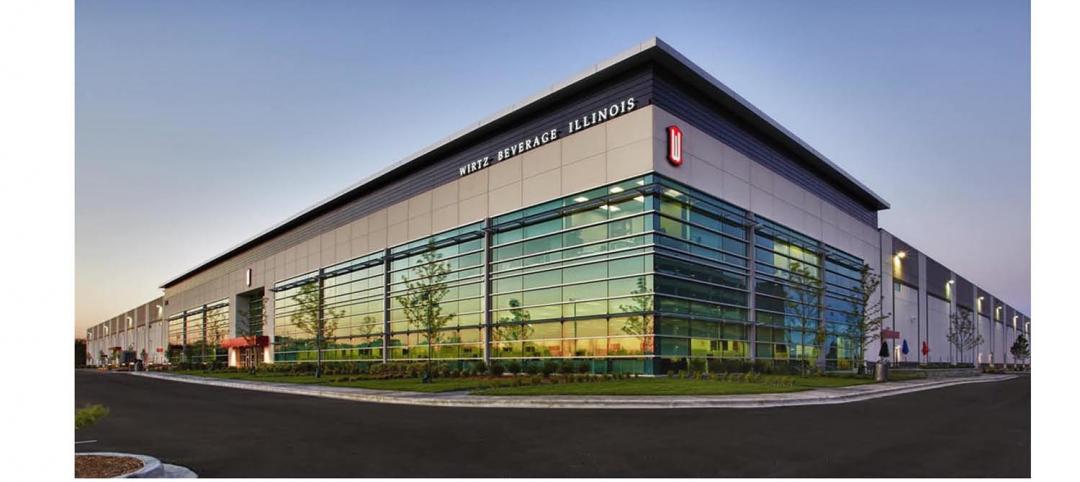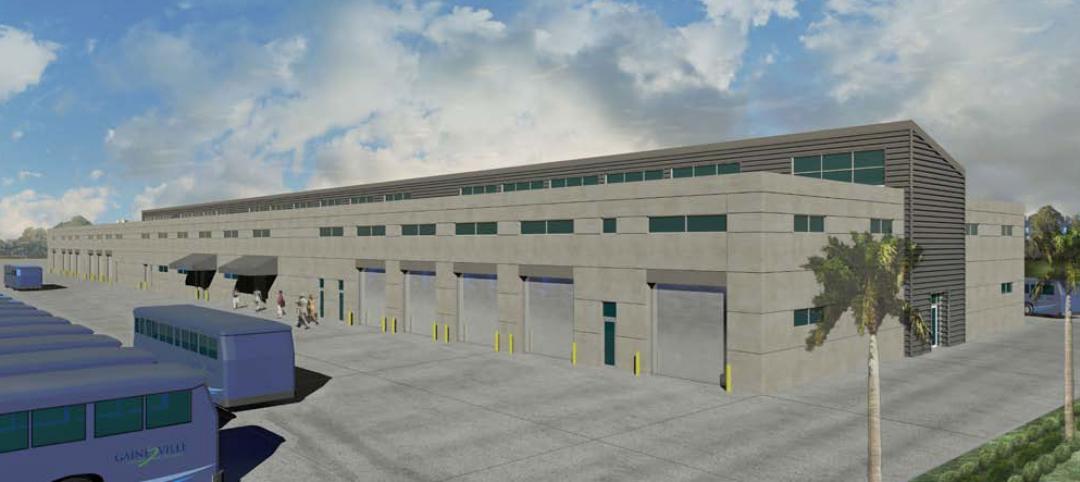American Chemistry Council (ACC) is touting projections in a new report by the International Council of Chemical Associations (ICCA) showing that combining building efficiency improvements-made possible by innovations in chemistry–with lower-carbon fuels could lead to a 41 percent reduction in energy use and a 70& reduction in greenhouse gas emissions by 2050.
Of all the energy used in the U.S., nearly one-third is consumed by the building sector. Improving efficiency is critical, and during the next few decades the amount of energy used by the building sector will increase dramatically (more than 62% by 2050), as will the amount of CO? emissions (more than 87% by 2050), according to the ICCA report.
“The ICCA projections reinforce what we have known for long time – that the chemical industry is an indispensable provider of solutions that improve the energy efficiency of buildings,” said Cal Dooley, president and CEO of the American Chemistry Council. “Nearly every energy-efficient technology is dependent on innovations made possible by chemistry. Our products make the nation’s energy supplies go further while lowering energy costs for businesses and families.”
The ICCA Building Technology Roadmap, which will be officially released this week at the 18th session of the Conference of the Parties to the United Nations Framework Convention on Climate Change in Doha, Qatar, examined the chemical industry’s contributions to energy efficiency and greenhouse gas savings in residential and commercial construction. The report focused on the potential savings from five chemically derived building technologies that are commercially available today: insulation, pipe and pipe insulation, air sealing, reflective roof coatings and pigments, and windows.
According to the ICCA report, energy-saving products installed in homes in the U.S. prevented nearly 283 million tons of CO? emissions in 2010–equivalent to the greenhouse gas emissions of 50 million passenger vehicles. Studies show that if this trend continues, more than 7 billion tons of emissions can be avoided by 2050 in the U.S. alone–equivalent to the CO? emissions of more than 1.2 billion passenger vehicles.
Averaging at least 75% of the heat loss in households, single-family homes provide most of the potential for energy savings within the residential sector. In 2010, the cumulative energy savings from chemically derived building products in U.S. residential buildings was 46 times greater than the energy required to produce the products. +
Related Stories
| Dec 9, 2012
The owner’s perspective: high-rise buildings
Douglas Durst on the practicalities of development: “You must think about a building from the inside out.”
| Dec 9, 2012
Modular classroom building makes the grade
SAGE modular classroom opens eyes, minds at Greenbuild 2012.
| Dec 9, 2012
14 great solutions
Welcome to the third installment of Building Design+Construction’s “Great Solutions,” highlighting 14 innovative technologies and products that you can put to work in your next project.
| Dec 4, 2012
MKK’s Denver Human Services Eastside Building wins ACEC Excellence Award
MKK provided mechanical, plumbing and fire protection consulting services on this LEED-NC Gold project.
| Dec 4, 2012
Thornton Tomasetti opens new office in São Paulo, Brazil
The move to São Paulo is strategic and timely, as the country continues preparations for the 2014 World Cup and 2016 Olympic Games in Rio de Janeiro.
| Dec 4, 2012
Greenhorne & O’Mara signs letter of intent to join Stantec
Acquisitions of C3TS and Architecture 2000 also completed.
| Dec 4, 2012
Sto Corp. announces new distributor in the Carolinas
Company will now have coverage in several parts of North Carolina.
| Dec 4, 2012
Wirtz Beverage Illinois’ corporate headquarters completed
WBI Center, a new state-of-the-art facility, is designed by Ware Malcomb.
| Dec 4, 2012
City of Gainesville to break ground on $33 million bus fleet maintenance and ops facility
The 140,000-sf facility will include dispatch, administrative and maintenance facilities.
















